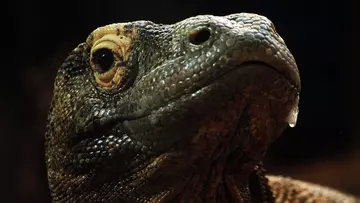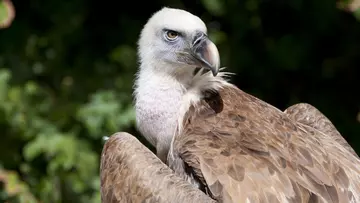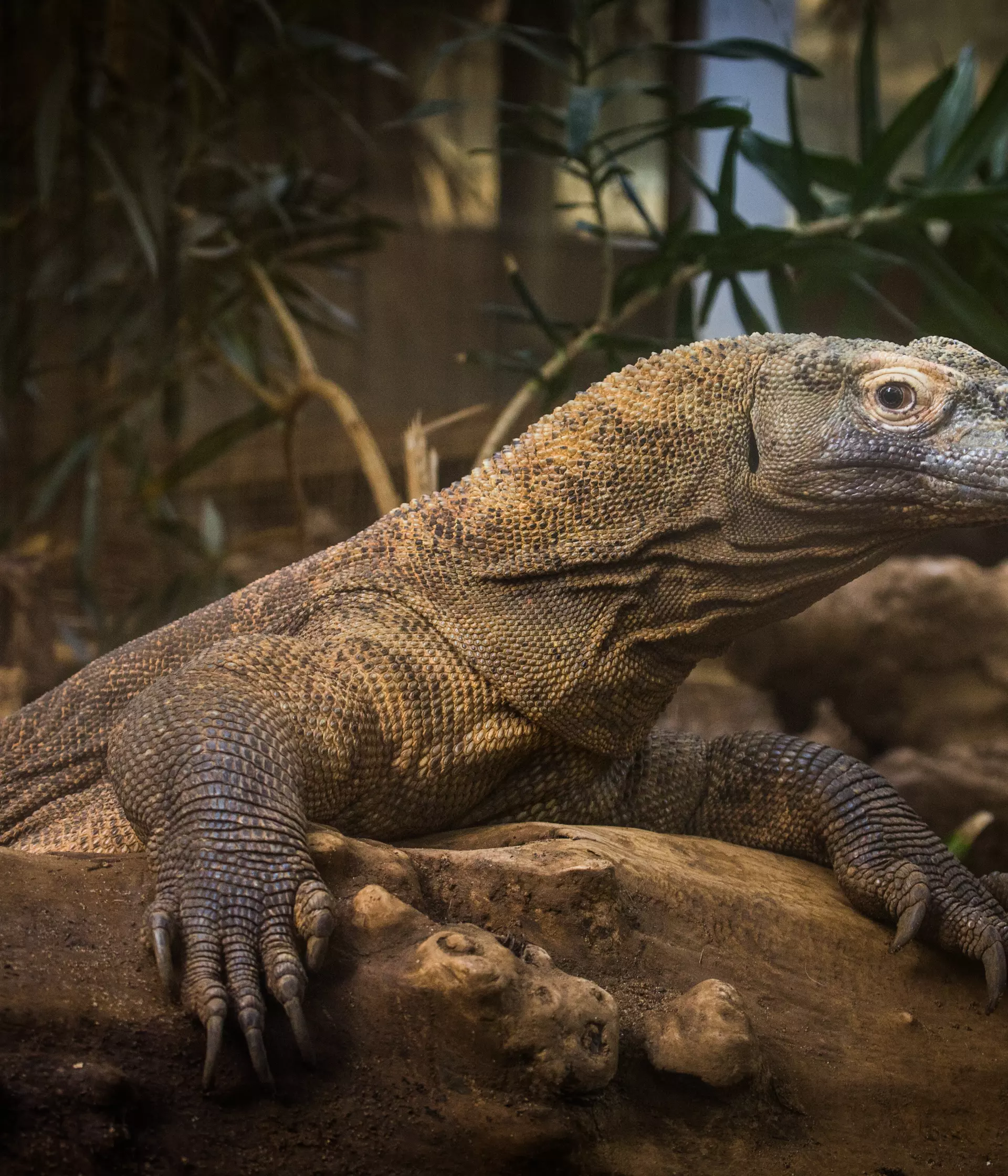
Surviving a zombie apocalypse
It’s a question that we’ve all pondered at some point or another – how would I survive a zombie apocalypse?
As Halloween approaches, zombies are naturally on the brain (haha, get it?) but before you lose any sleep, you may be relieved to hear that the animal kingdom has you covered.
Zombies, as members of the undead, are simply walking carrion. Many species have evolved to use carrion as their main food source, meaning zombies would be nothing more than a tasty meal on wheels.
Best animal companions for a zombie apocalypse
Komodo Dragon

Komodo dragons are opportunist carnivores, meaning they’re happy to eat almost anything that comes their way… dead or alive. A Komodo dragon is able to use their fantastic sense of smell to detect any rotting meat from as far away as 2.5 miles. They’re able to do this very much like a snake, using their forked tongues to sample the air and process air molecules using their Jacobson organ on the roof of their mouths.
So theoretically, a Komodo dragon could easily sniff out a nearby zombie horde but what happens when the two meet? As the largest lizard in the world, a Komodo dragon has little to worry about in terms of predators. And that hulking size doesn’t come from nowhere. A Komodo dragon can eat up to 80% of its own body weight in one sitting. While other predators like lions tend to leave up to 30% of a kill, a Komodo dragon can consumed up to 90% of any food they find. From bones to intestines, the Komodo dragon eats it all, meaning goodbye zombie!
Vultures

Here at ZSL London Zoo, we have an elite team of feathered zombie destroyers AKA vultures. The most colourful of these hunched residents is our king vultures who, like other vultures, have a specialised diet of rotting meat – yum! In order to indulge in these gory treats, vultures have developed some very cool features…
For instance, that famous bald head is more than just a fashion statement. A vulture just loves tucking into the gory parts of a meal, such as juicy guts or intestines, and their baldhead stops their feathers getting dirty in this (gross) feeding frenzy. This isn’t the only gross part of a vulture’s diet, as some of the rotting meat vultures find has been sat out in the sun for quite a while, making it a bacteria breeding ground. However, have no fear vultures have some seriously strong stomach acids that enable them to digest deadly bacteria including salmonella, botulism and even anthrax! So no matter how disgusting a zombie might be, you know our vultures can stomach it.
Rats

Rats have long been associated with the gruesome, ever since they help to spread the bubonic plague around Europe. They’re also the cause of one of the most common phobias - musophobia, the fear of rats. However, if the zombies should arrive, we may be a little more grateful for these furry friends.
Rats will eat anything – and we mean anything! This also includes carrion, as a rat can’t resist a free meal of rotting meat. Now while one rat may not be able to eat a whole zombie by itself, they do have the advantage of big numbers. In fact, there are literally millions of rats in the UK, living in our homes, our sewer systems and even in the tube networks. Why are there so many rats? Well, they’re just so good at breeding. A single female rat can get pregnant at 5 weeks old, give birth to up to 12 pups and then two days later be ready to breed again.
Think of them as a tiny army of zombie munchers.
Maggots
Nature actually has a pretty good system in place for dealing with the dead. You can even think of it as a clean-up crew, made up of a whole host of decomposing bacteria, fungi, moulds and insects. One member of this mini cleaning system is the maggot. Maggots are actually the off-spring of flies, such as the bluebottle blowfly, and they specialise in feeding on rotting meat.
The urban bluebottle blowfly is so adept at dealing with the dead, that they’re actually used by forensic scientists. If left alone, maggots will typically always find their way into a recently dead corpse, so if scientists need to determine the time of death for said body, they can look at how far along in their life-cycle the bluebottles are. Think of this as CSI Maggots, the perfect invertebrate for any dead dealings.
Piranha
You may recognise the last member of our zombie team from Hollywood blockbusters. The red-bellied piranha is often portrayed as a blood thirsty predator, which can kill a man in seconds… yet the truth isn’t quite as scary. Piranhas are actually scavengers, who prefer feasting on dead morsels that float their way, as well as fish, insects, and even plants. Good news for swimmers, not so good for our zombie pals. All it would take would be one misstep into a hungry shoal of piranha and our dead friend would be devoured by their powerful jaws and razor-sharp triangle teeth. A hungry mass of piranhas have been known to strip flesh from the bones of large animals in minutes.
Let’s hope the zombies like swimming.
